When You Do Things Matters
If you know your chronotype, you can be intentional about when you plan certain types of tasks, which makes them easier to achieve!

Most mornings, I wake up naturally around 6:00 am (often regardless of how late I stayed up the night before). Anything past 7:00 am is a BIG sleep-in, even on the weekends, though part of this routine is cat-induced. If they so much as sense an eyelid twitch, they are yelling at the top of their lungs for breakfast and their morning murder session playtime. But beyond the preferences of my little maniacs, I like to be sitting at my desk by 7:30 am and feel at my highest energy before 11:00 am. Mornings are when I am at my best for anything that requires deep thinking or focus, like writing these articles!
By mid-afternoon, even with a mid-day workout, I generally want to curl up in a ball and have a little nap. I know I am less likely to be able to get in the zone for deep work, and it’s a good time for me to switch gears for my client meetings, which require a different kind of mental energy. If I don’t have meetings, I will work on other, more administrative or organizational tasks that don’t require the same level of focus.
5:00 pm dinners are the norm in my house (since both my husband and I work from home). When I meet up with my friends, we call them our granny dinners and always get to enjoy a Happy Hour menu. Things that are scheduled for late in the evening make me cringe (like… anything after 7:00 pm😬). Concerts are the worst. Most nights, my husband and I like to settle into bed around 9:00 pm and are lights out before 10:00 pm.
I make great cocktails, but a party animal I am not.😅
I am a Morning Lark, aka, Early Bird (aka senior citizen in a 40-year-old's body 👵🏻).
Why your energy rhythms matter
Over the years, I have gotten better at paying attention to the natural rhythms of my body. They have changed a bit as I have gotten older and my health situation has changed, but overall, I can tell you with confidence my best and worst times of day for mental energy and the things that impact those energy levels further.
From a productivity perspective, knowing your best and worst energy times over the course of your day, and the other factors that play a part in increasing or decreasing them, is one of the most important ways for you to tackle your tasks and commitments effectively.
Remember: not all tasks, emails, meetings, and commitments are created equal, and they all require different amounts and types of energy from you. Some emails are quick and easy, and others require research or more thought. Some tasks are easy and mindless, while others take deep concentration. Some meetings are stressful and exhausting, while others are no problem.
When you do things matters!
If you understand your natural energy cycles and energy types, you can be more intentional about when you do them so you are optimizing your available energy. Your natural energy cycle is also known as your chronotype.
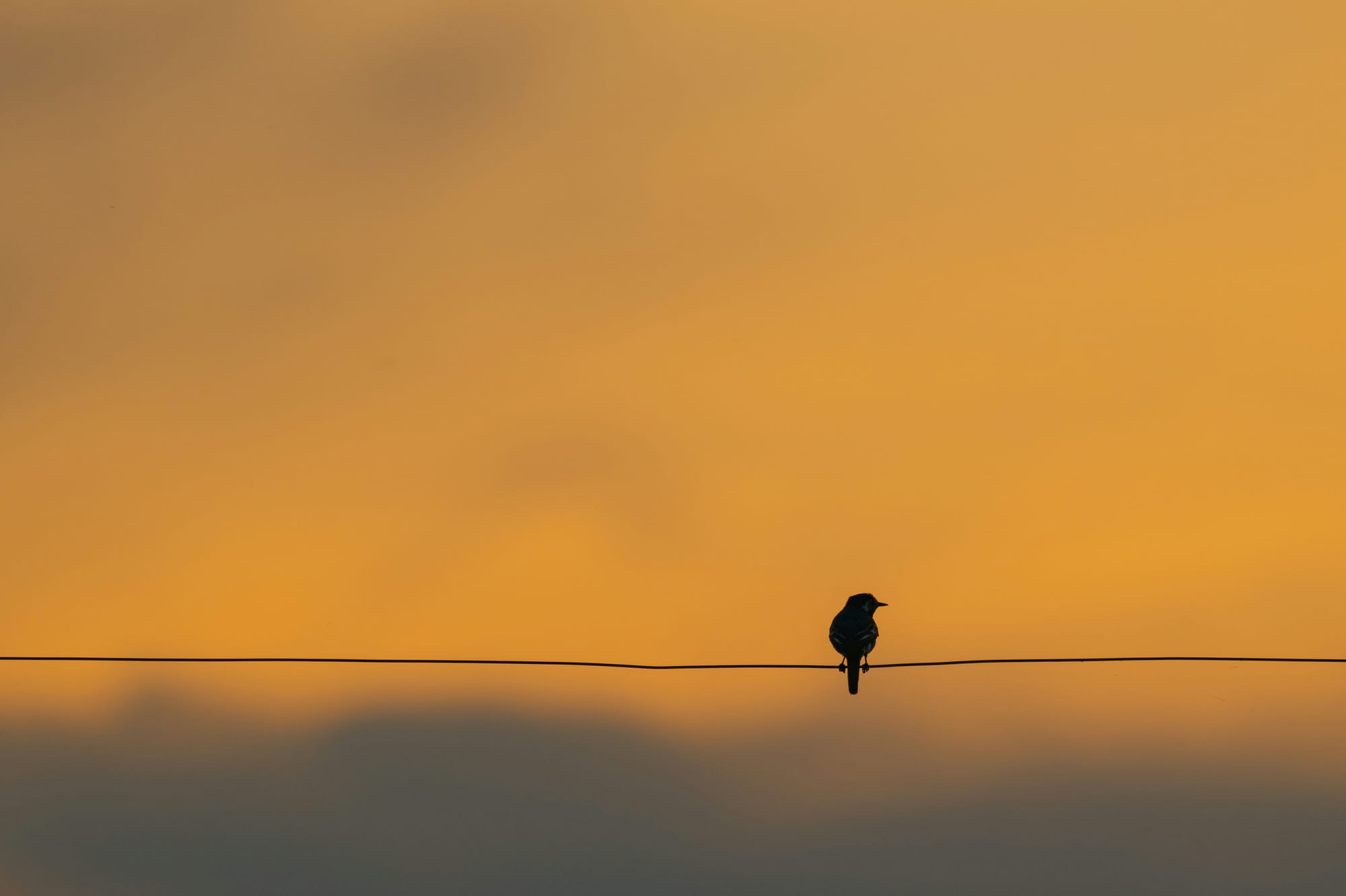
What’s your chronotype?
Your chronotype is your body’s natural preference for sleep and wake times. With those preferences come energy level fluctuations over the course of the day, which you can use to match your tasks and commitments. There are three typical energy patterns:
1. Morning Larks (Early Birds)🐦⬛
Morning larks are people like me who wake up naturally early and do their best work before noon. By late afternoon, your energy starts fading, and you struggle with mental and physical tasks in the evening. Your energy cycle over the course of the day tends to break down like this:
- Peak energy: Early morning (6 AM – 10 AM)
- Steady performance: Late morning to early afternoon (10 AM – 2 PM)
- Decline: Mid-afternoon slump (2 PM – 4 PM)
- Low energy: Evenings (after 7 PM)
2. Night Owls🦉
Night owls are the polar opposite of me! You often feel groggy in the morning but get a burst of focus and creativity later in the day. You tend to struggle with traditional work schedules and feel most awake at night. Your energy cycle over the course of the day tends to break down like this:
- Slow start: Low energy in the morning (6 AM – 10 AM)
- Gradual increase: Midday (11 AM – 3 PM)
- Peak energy: Late afternoon and evening (4 PM – 10 PM)
- High alertness: Sometimes up until midnight or later
3. Hummingbirds🐦
Hummingbirds fall between morning larks and night owls. You can adjust somewhat to different schedules, but you tend to do your best work in the late morning or early evening.
- Balanced energy: Moderate energy throughout the day (8 AM – 8 PM)
- Peak times: Mid-morning (9 AM – 12 PM) and early evening (5 PM – 7 PM)
- Gradual decline: Slower wind-down at night
While they may not be exact, which category do you think you fall into?
What if I’m not sure?
If you are not sure about your chronotype, take a few minutes over the course of a week to track your energy levels throughout the day. Reflect on things like:
- When does your body want to go to bed?
- When does your body want to wake up?
- How do you feel when you get up in the morning?
- When do you feel the most focused over the day?
- When do you feel least focused over the day?
- How do you feel after meetings or interactions?
- What types of things tend to recharge and drain you?
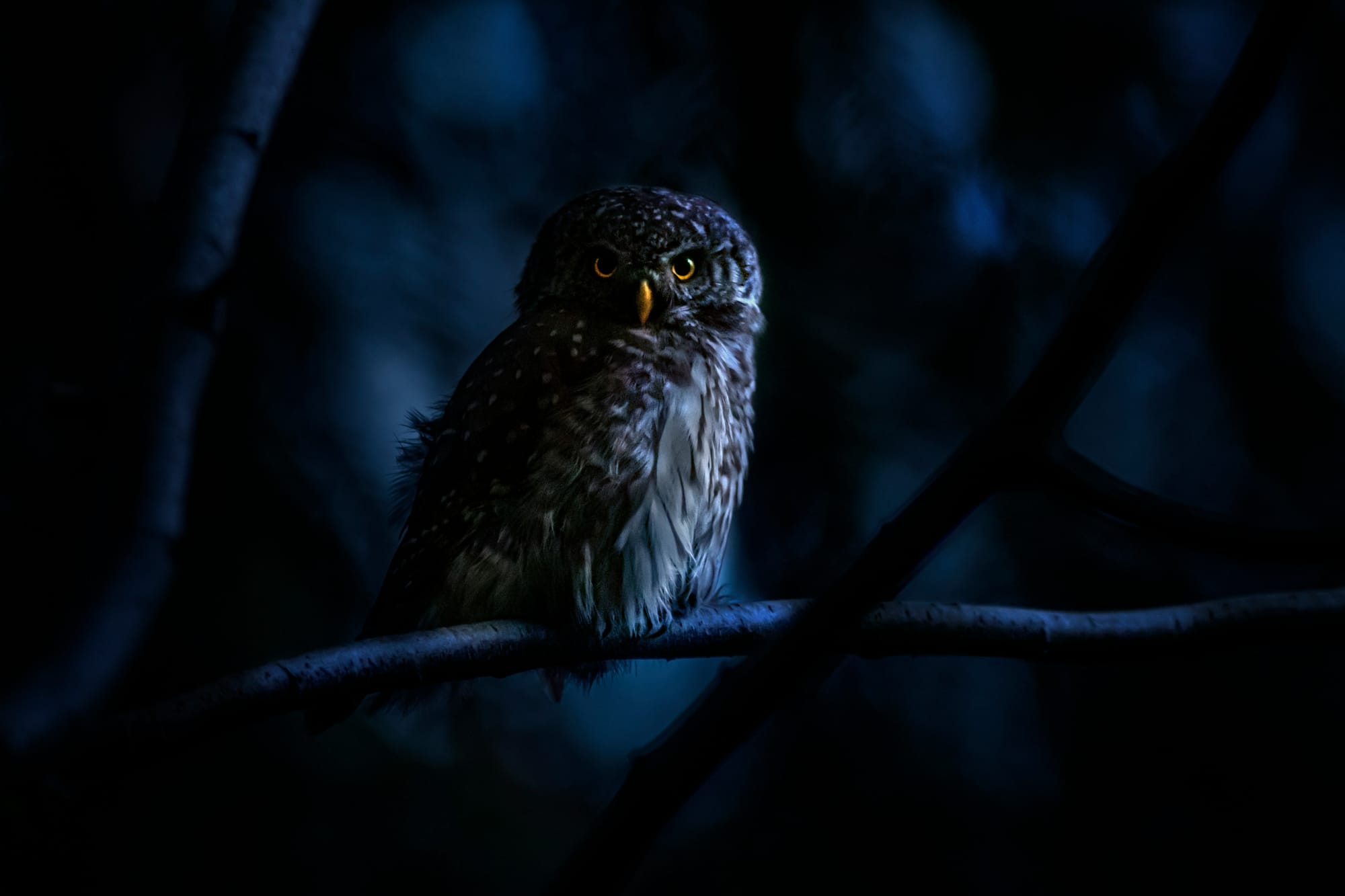
Match your tasks to your natural focus peaks based on your chronotype
When you know your chronotype, you now have some powerful information about yourself to help you plan, as best you can, how you spend your time more effectively.
- If you’re a morning lark, prioritize deep work in the morning and avoid mentally taxing tasks late in the day.
- If you’re a night owl, try to schedule important tasks later in the day and adjust your routine to accommodate late-night bursts of creativity.
- If you’re a hummingbird, take advantage of mid-morning and early evening productivity peaks.
As I said before, not all emails, meetings, and tasks are created equally. As much as possible, you can decide when you do different things based on the type of mental energy they require and when your natural energy cycles cater to it.
Over the coming weeks, think about your energy cycles when you are making decisions about things like:
- When you book a meeting
- When you send the bulk of your email (not all day!)
- When you plan to chip away at a big project
- When you plan to do some strategic thinking
- When you work on administrative tasks
Do your best to plan them during the most appropriate time for the type of mental energy they need!
Note: Not everyone has a lot of control over when things happen over the course of the day. Even when you do have a lot of control over your time, sometimes things have to be done outside your best energy times. It will never be perfect. All you can do is add your chronotype and natural energy cycles as data points to the factors you use to make decisions and be as intentional as you can under your circumstances.
Would you like some help to figure out how to work with your natural energy rhythms? Reach out, I would love to chat!
Share
Ashley Janssen
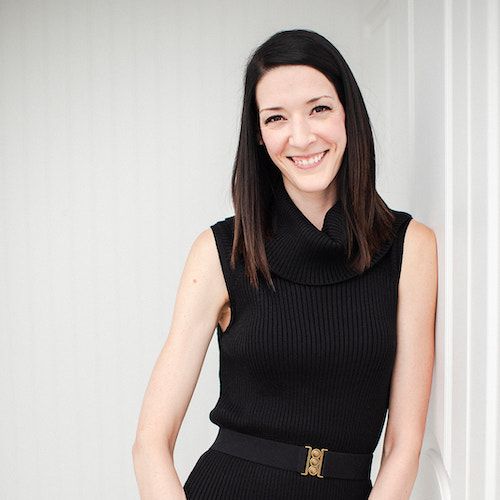
Productivity consultant, writer, speaker, serial entrepreneur, chaos calmer, introvert, cat-lady. Lover of books, fitness, old fashioned’s, basketball, and video games.
Follow me on
Twitter
or
LinkedIn.
Hire me for
1 on 1 productivity consulting
or
speaking.
Related articles
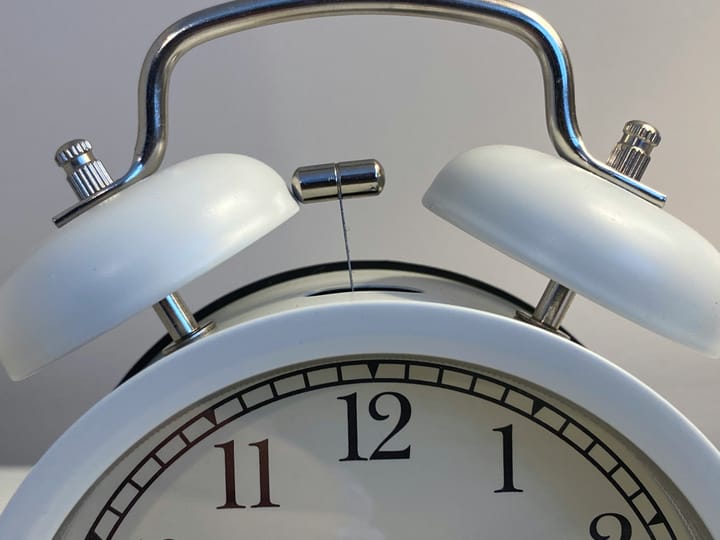
Why Are You Productive For "Only" 5-6 Hours Each Day?

What If Being Lazy Was a Good Thing?
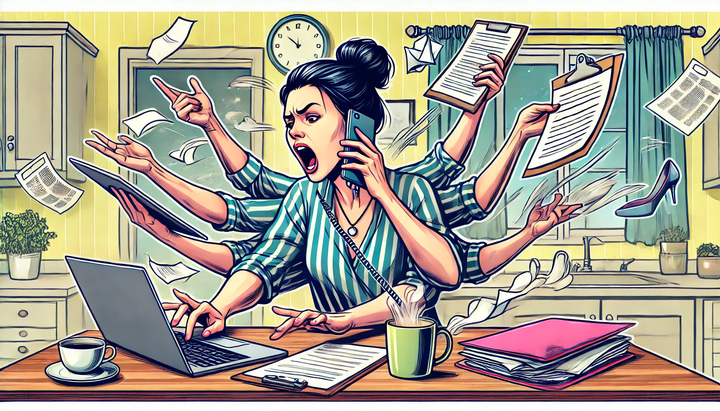

Comments ()